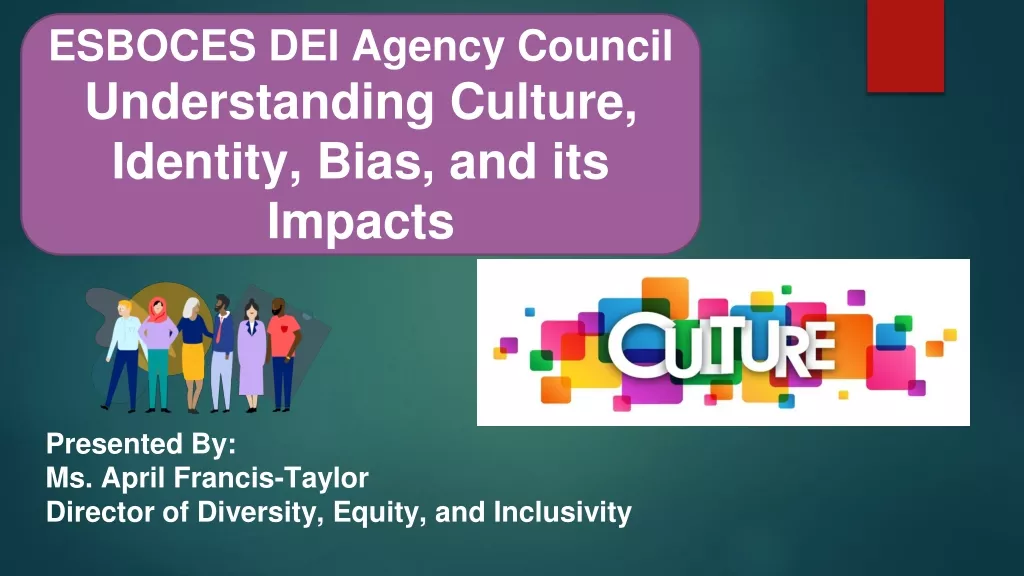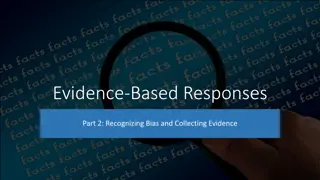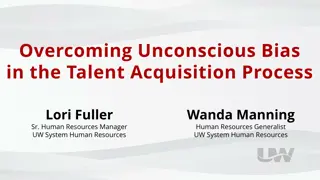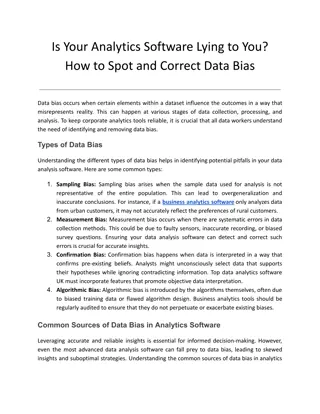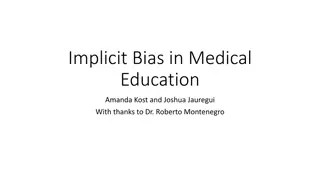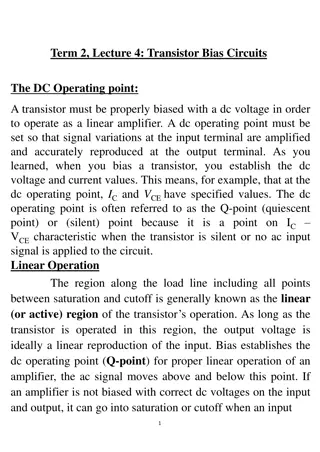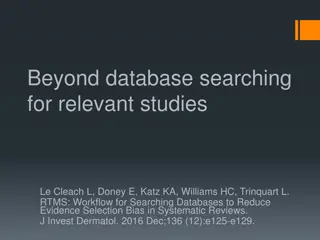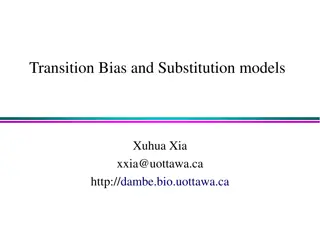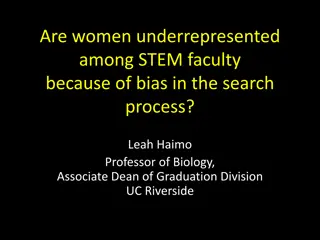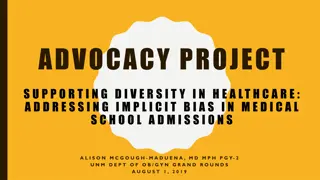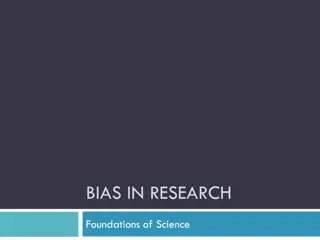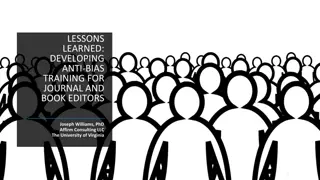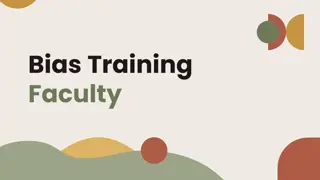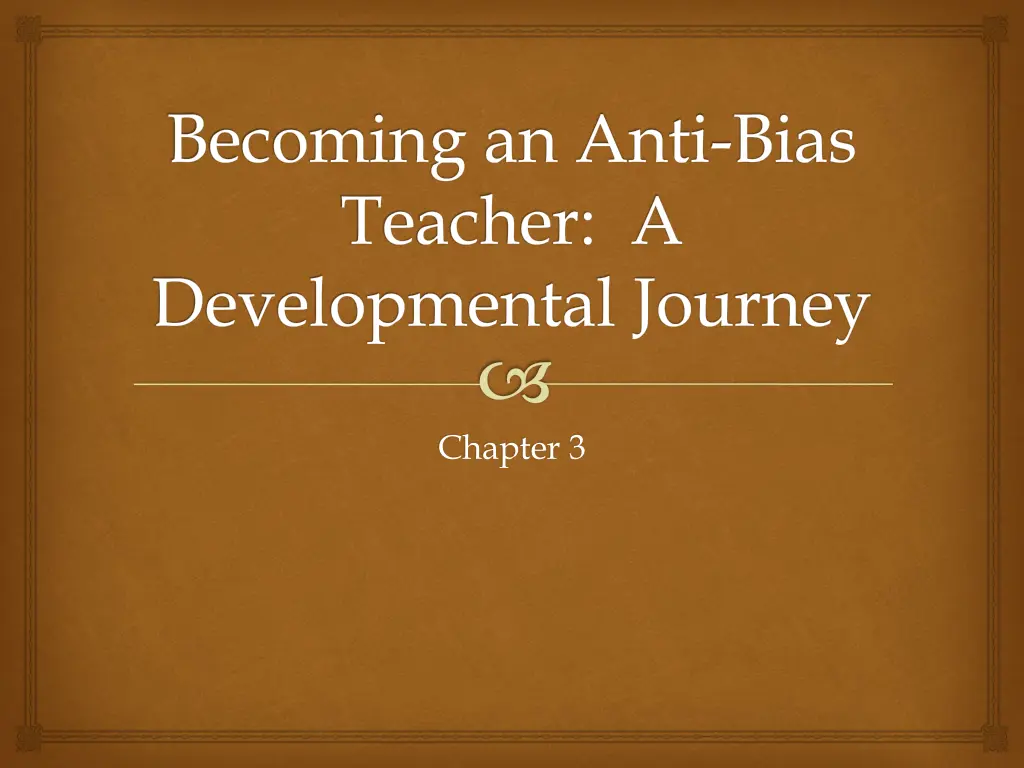
Understanding Anti-Bias Education: A Developmental Approach
Discover the journey of becoming an anti-bias educator in Chapter 3 of "Becoming an Anti-Bias Teacher." Explore topics such as identifying support systems, examining institutional advantages and disadvantages, and engaging in social justice activism to foster inclusive learning environments.
Download Presentation

Please find below an Image/Link to download the presentation.
The content on the website is provided AS IS for your information and personal use only. It may not be sold, licensed, or shared on other websites without obtaining consent from the author. If you encounter any issues during the download, it is possible that the publisher has removed the file from their server.
You are allowed to download the files provided on this website for personal or commercial use, subject to the condition that they are used lawfully. All files are the property of their respective owners.
The content on the website is provided AS IS for your information and personal use only. It may not be sold, licensed, or shared on other websites without obtaining consent from the author.
E N D
Presentation Transcript
Becoming an Anti-Bias Teacher: A Developmental Journey Chapter 3
Becoming an anti-bias educator has a learning curve. It takes time , practice and opportunities to do anti-bias education effectively: Begin by identifying a support person (colleagues and families) teachers need other teachers to talk and share ideas with Become aware of your feelings and beliefs: thinking about your many social identities; uncovering your learned stereotypes, discomforts, and biases
Discussion Questions (group work) Page. 23
Examine Institutional Advantages and Disadvantages What is an ism? An ism (racism, sexism, classism, ableism) is about the institutional, such as education, health, law, housing, employment, and media advantages and disadvantages
Examine Institutional Advantages and Disadvantages (cont.) Individuals and isms (discussion questions p. 25) Internalized privilege and internalized oppression: can effect sense of self and undermine our healthiest and fullest development as human being Internalized privilege social identity brings economic, social, and cultural advantages Internalized oppression social identity groups experience prejudice and discrimination (discussion questions p. 27 & 28)
Explore Social Justice Activism Activism groups joining together to protest that results in social justice changes. Also, activism often starts at the personal level; reflecting on your own development and incorporating anti-bias education into your work. Resisting and being an ally: Resistance a person stands up against poor treatment of themselves or members of their own group Alliance some one other than your group stands up in your favor Stand up as an anti-bias educator many early childhood teachers are willing to risk taking on new anti-bias education behaviors for the sake of children (rethink their curriculum)


